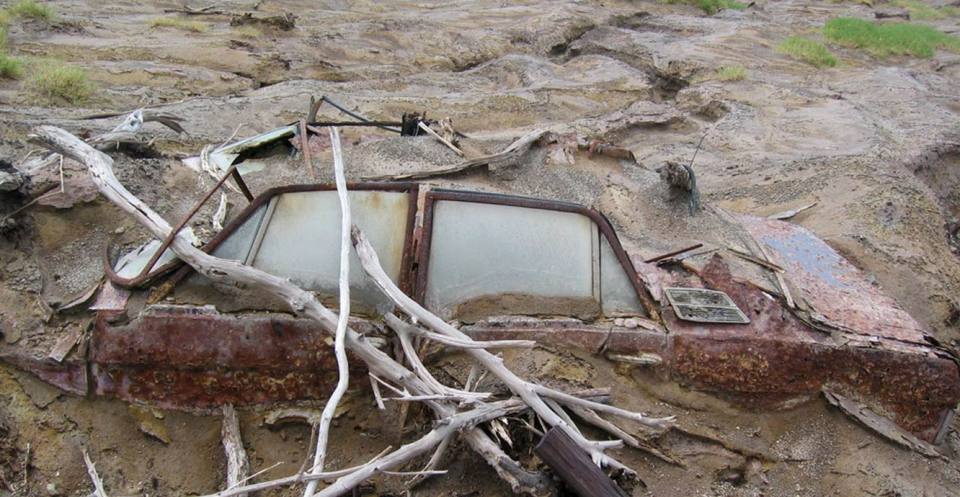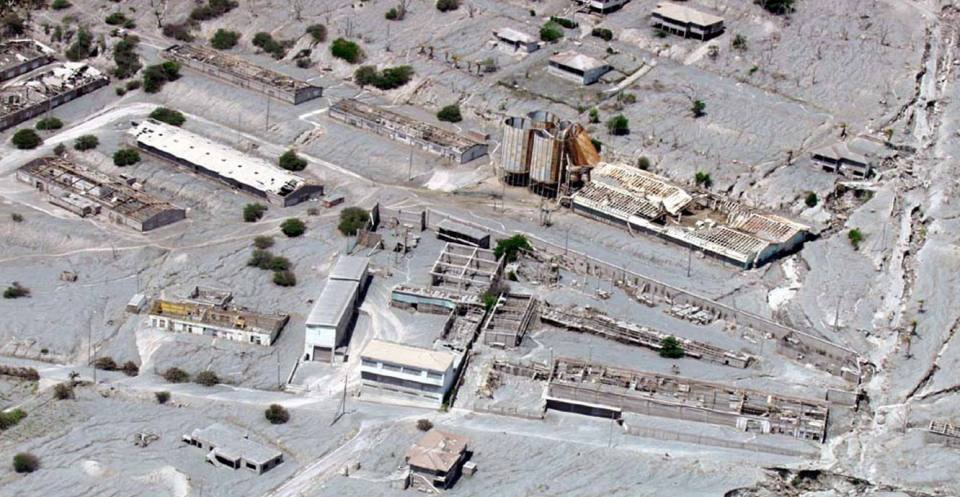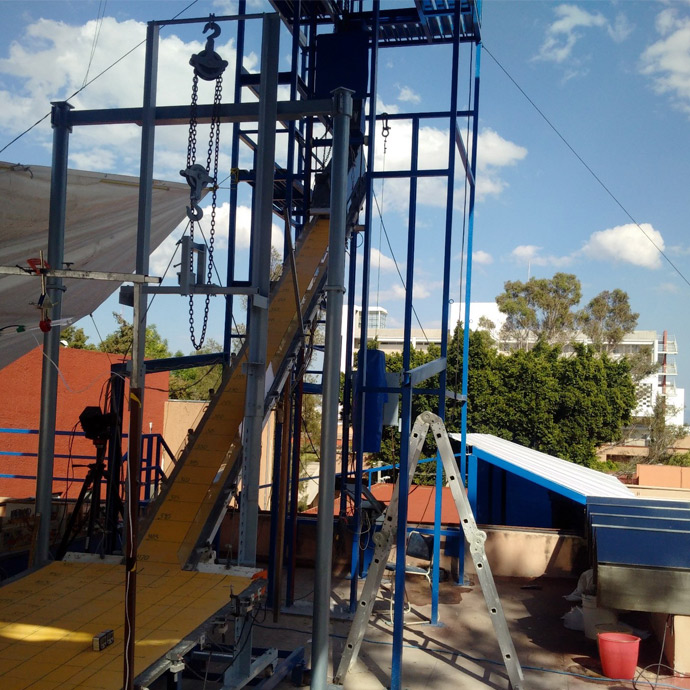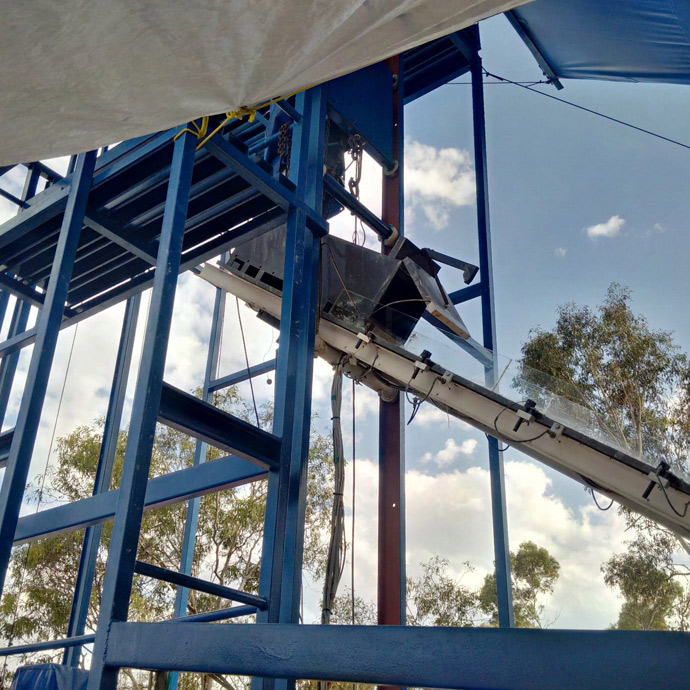Debris flows, also known as lahars when they involve volcanic material, are mixtures of sediments and water that flow down the slopes in response to gravity. The proportion of water and sediment in these mixtures can vary significantly, which in turn results in a wide range of flow typologies and behaviours. In fact, the rheology of debris flows (i.e. the way the flows deform and move in response to an applied stress field) is strongly controlled by the concentration of the solid load in the fluid-carried phase (usually water): even small variations of the fluid:solid proportion can lead to a significant change of the flow rheology, which cascades into the flow speed, thickness, flooded area, runout and ability to transport large blocks and eventually influences their hazard.
Furthermore, the rheology of these flows is influenced by the presence of clay and silt particles. In fact, a distinction between cohesive and non-cohesive debris flows is widely applied based on the presence of clay and silt material. This distinction is not just a mere terminological exercise. A cohesive debris flow has peculiar properties; in particular the distance it can travel is generally larger than the non-cohesive counterpart. Volcanogenic debris flows can be cohesive, especially where flows are fed by the remobilisation of old, altered deposits.
In order to understand the transport-deposition mechanisms of volcanic debris flows and relate them to the textural features displayed by their deposits, we are working on the Royal Society Newton Advanced Fellowship ‘Quantitative characterisation of the rheology and transport-sedimentation mechanisms of cohesive and non-cohesive debris flows by integrating deposits analyses, large-scale experiments and numerical modelling (NAF\R2\180833) led by Prof Damiano Sarocchi (Universidad Autónoma de San Luis Potosí, Mexico) and in collaboration with Prof Javier Caballero (Universidad Nacional Autónoma de México (UNAM), Mexico). This project is also supported by BGS Official Development Assistance (ODA), Research platform 3 ‘Global geological risk‘.
This project uses a multidisciplinary approach, which includes the following.
- Field analysis of debris flow deposits in Mexico (Pico de Orizaba and Colima volcanoes) to quantitatively analyse the runout, stratigraphy and textural properties, in particular the distribution of grain size, shape and fabric inside the deposit.
- Large-scale experiments with a variably sloped, 5 m-long and 0.3 m-wide chute equipped with an array of cameras (including high-speed, high-resolution cameras) and sensors to track the movement of the flow front; rheometric measurements of the mixtures of volcanic particles and water used in the experiments, using a prototype for a concrete rheometer.
- Numerical modelling of natural flows using models available in the literature and implementing the acquired knowledge from the experiments.
We are currently playing a major role in the design of the large-scale experiments campaign using the large-scale chute installed at the University of San Luis Potosí. The chute is equipped with a chamber where variable amount of particle/water mixtures are stored prior to an experiment. The mixture is released into the chute by opening an electronically controlled gate. The spatial–temporal evolution of the flow is monitored via an array of cameras and laser barriers that track the position of the flow front. A deposition area is connected to the chute exit with a break in slope that ensures the flow stoppage. Samples of the generated deposit are taken at different locations to investigate how the textural properties change within the deposit.
After a first experimental campaign focused on the reproducibility of the experimental runs and measures, we are currently carrying new experiments out in order to investigate:
- the influence of changing the water:sediment ratios on the flow and sedimentation processes
- the influence of clay content on the flow and sedimentation processes.
Contact
If you want to discover more then please contact Fabio Dioguardi.
You may also be interested in
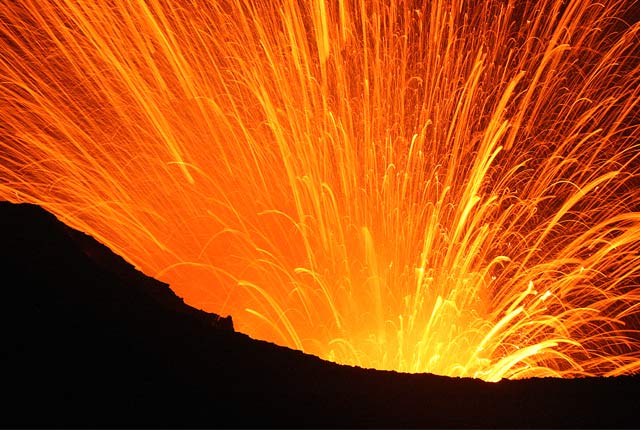
Volcanology
Our scientists lead research projects and work in partnerships around the world to improve our understanding of volcanic processes, hazards and risks.


